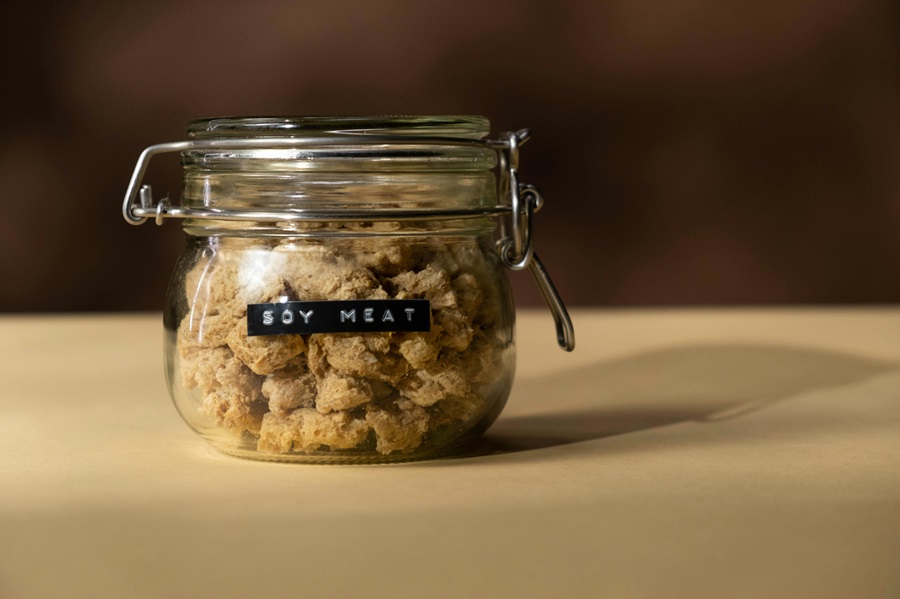
Published :
Updated :

Eid-ul Adha, the time when the air is filled with meaty aroma, shared happiness. But just for once, try to open your fridge for a drink, and boom! Now, you are randomly dodging frozen cow legs and random meat bags with names written on them. The morning of Eid-ul-Adha is chaotic, but the evening gets even more chaotic, making you think, "How on earth am I going to fit all these fresh Qurbani meat inside for months?" And the worst part is you can't even ask for help from your neighbour as the probable next thing you are going to hear is, "We're in the same boat". If you are a newlywed couple, the scenario must be overwhelming, and calling your mother or mother-in-law won't help as they are also in that chaotic situation. But don't worry; with the proper preservation techniques, you can keep your Qurbani meat fresh even if you have a single fridge.
Let's first learn about what people used to do even before the advent of refrigeration. First up is sun drying, which is one of the oldest preservation techniques. The game plan here is straightforward; you have probably seen your grandma hang stripes of fish on a string. This is alike but with meat instead. All you have to do is cut your meat into thin, long stripes (about half an inch thick; the thinner, the better). Clean each piece thoroughly and pat dry with a clean cloth. Then, season the meat with salt and other spices of your preference. Hang the stripes on a bamboo stick in direct sunlight. Just make sure the pieces don't touch each other. You can cover this with a thin cloth to protect it from flies and dust, allowing air circulation. Sun and air will work together to remove moisture from the meat, and once they're dry and hard, you can store them in air-tight jars.
Way before deep freezers, people used to opt for salting. Rub a generous amount of salt onto your meat. The traditional method also involves soaking your meat in a brine (a strong saltwater solution). Just make sure every corner is soaked or covered. Salt removes moisture from the meat, making it difficult for bacteria to grow. For extra flavour and safety, you can add chilli powder and turmeric to the salt mixture. Just remember to rinse the meat thoroughly unless you want your curry to be extremely salty.
The following preservation technique may remind you of Mangsher Achar (Meat pickle), but try this once to give your taste buds a tangy kick. Whilst more common with vegetables, you can pickle meat just like mangoes and olives. Mix equal parts of vinegar and water, then add spices like salt, turmeric, mustard oil, chilli, ginger, and your preferred ingredients. Boil this mixture and let it cool. Place your clean meat chunks in sterilised jars, ensuring every piece is submerged in the mix. Store them in a cool place, and voila! It can last fresh for 2-3 months (it tastes better as it ages) and can be an excellent option for rice dishes and curries.
Hands down, your freezer is your best friend in this Qurbani season. It's the most common and easiest way to preserve your meat, but let's up your game plan. Divide and pack your meat into meal-size portions. Instead of freezing a giant chunk, cut and store them. This way, you only defrost what you need, reducing waste in minimal time. Wrap each portion tightly in a plastic wrap. Use high-quality freezer-safe bags and squeeze out as much air as possible. The same air is the enemy here as it can cause freezer burn that not only dries the meat but also changes colour. Always label your tiny packets with the type of meat, and store them at -18°C to keep them fresh for up to 12 months.
And if you have access to vacuum seals, you have hit the preservation jackpot. This removes all the air from specially designed bags before sealing them for freezing. Vacuum-sealed meats can last 2-3 years in the freezer by maintaining their quality and taste. How? This removes all air from the bag; with no air, there is zero oxygen, which is the main culprit behind the freezer burn.
So, there you have it, dear newlyweds. Marriage is already a lot with bills to pay, responsibilities and Eid meat management. Start by dividing your meat categories: stakes, roasts, minced, kebab mixtures and bones. Just keep it clean, label, portion and be mindful of your space. Share the chores, laugh at the mess and share your joy with others. Eid Mubarak!.
The writer can be found at meghrahman1234@gmail.com


 For all latest news, follow The Financial Express Google News channel.
For all latest news, follow The Financial Express Google News channel.